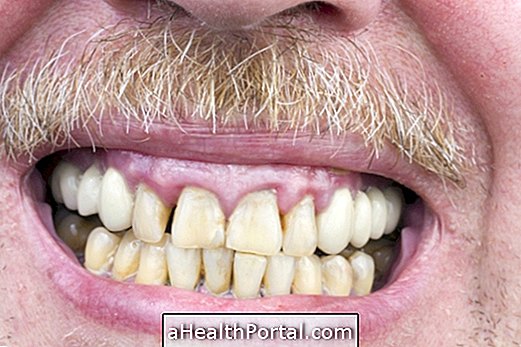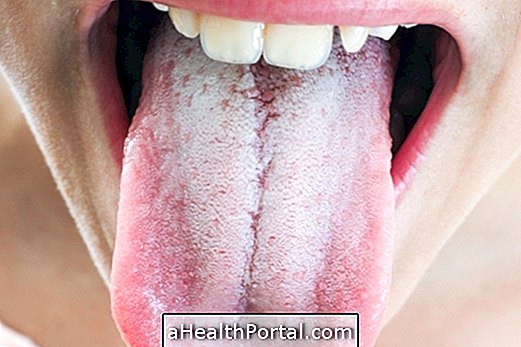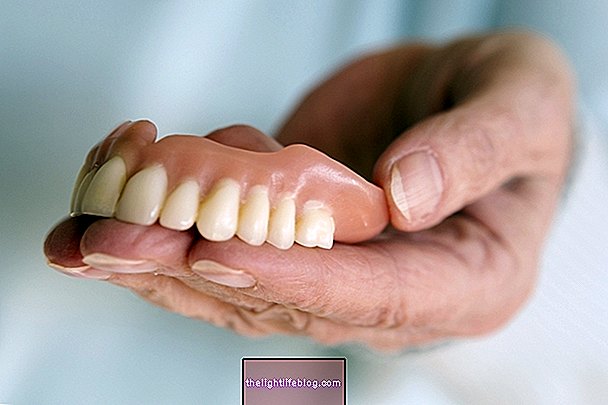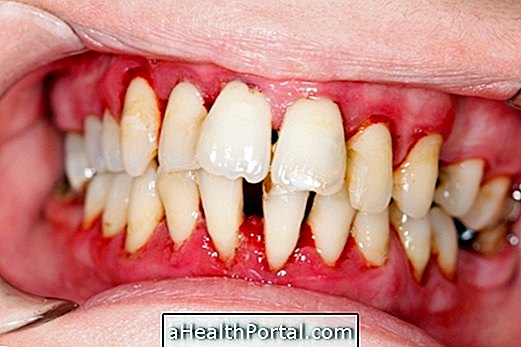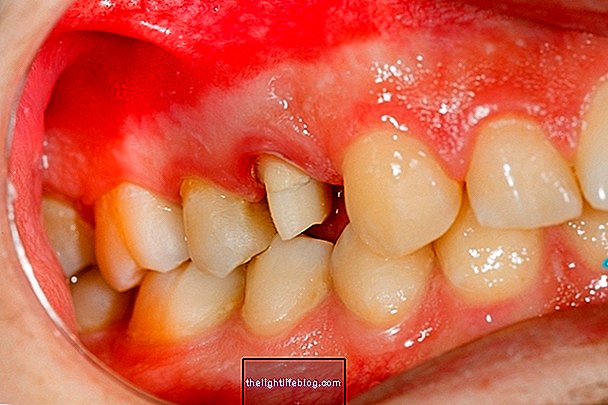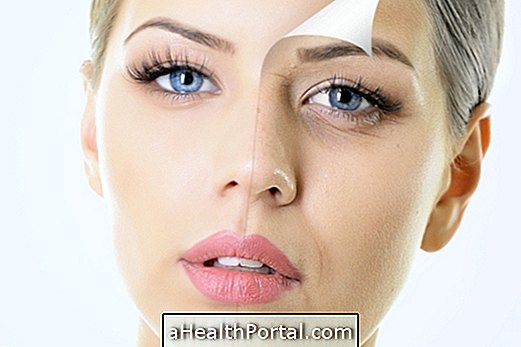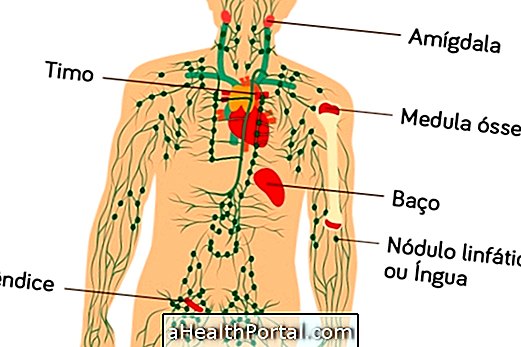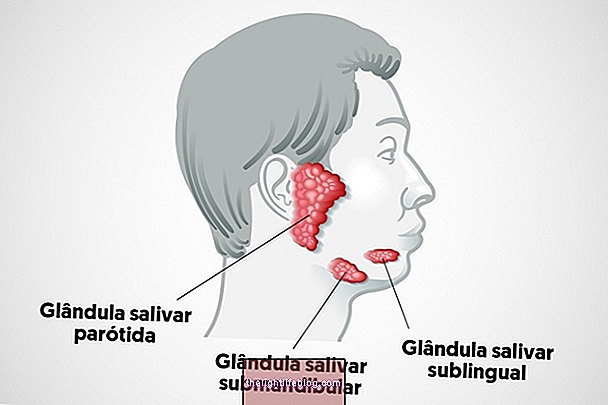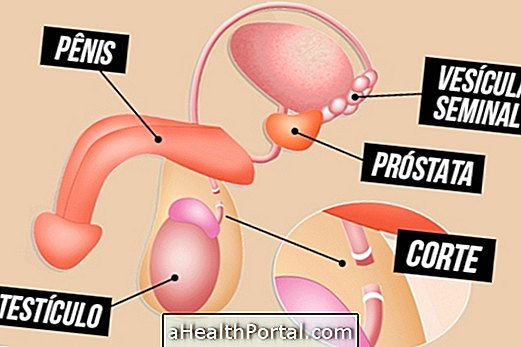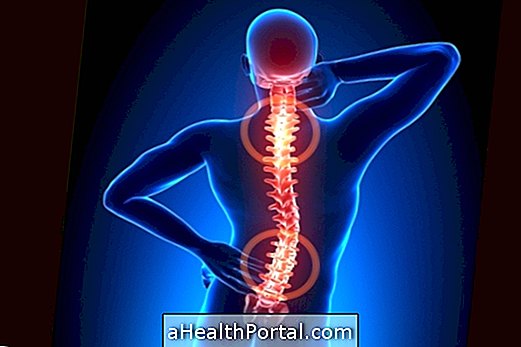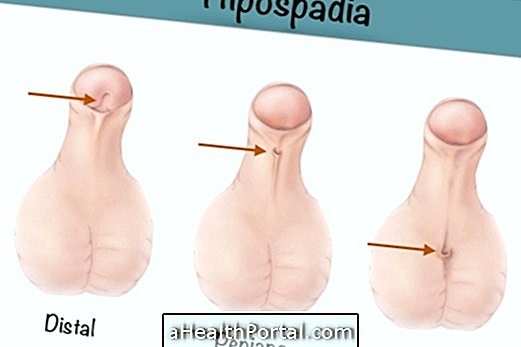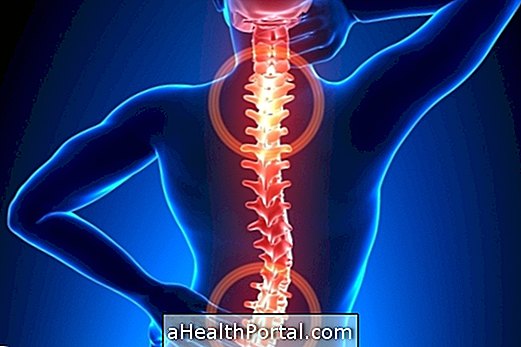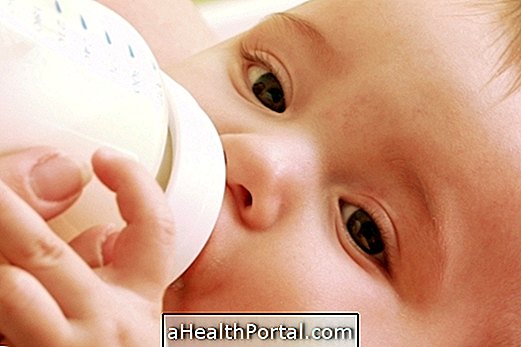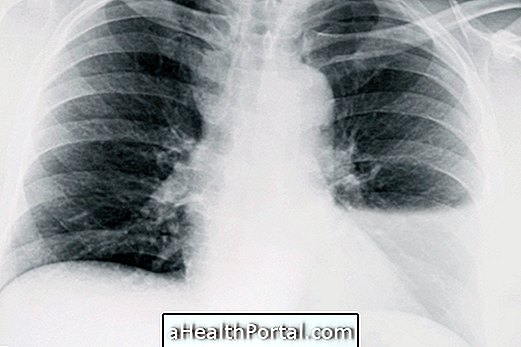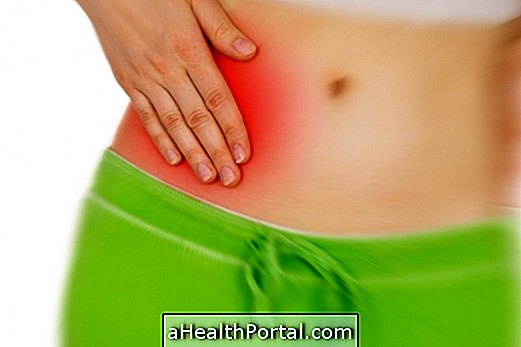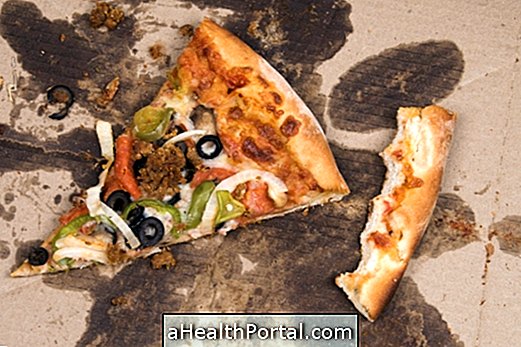HPV in the mouth occurs due to contamination of the oral mucosa with the virus, through direct contact with lesions infected during oral sex, for example. HPV lesions in the mouth are more frequent on the lateral border of the tongue, lips and roof of the mouth, but any area of the oral surface may be affected.
HPV in the mouth may increase the risk of developing oral cancer, so as soon as it is diagnosed you should start treatment that can be done with ointments, other solutions, laser or surgery. Generally, HPV in the mouth has a cure, but its treatment must be done rigorously and for about 2 years.
HPV can also cause the onset of an infection called Heck's Disease.
Symptoms of HPV in the mouth
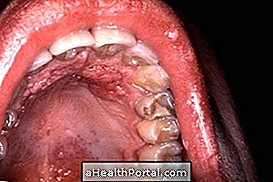

Symptoms of HPV in the mouth include the appearance of small lesions, resembling whitish warts, which may join and form plaques. These small wounds may be white, red, or have the same color as the skin. Sometimes the lesions may be similar to a cold sore.
HPV warts in the mouth that are most common on the lip are manifested by lesions that have the narrowest base, being long, firm and light-colored, whereas condylomata acuminata, which is more common through oral sex, manifests itself through of a single slightly horizontal wound, similar to cauliflower.
However, an individual may contain the HPV virus in the mouth and show no symptoms because the lesions are not always seen with the naked eye, requiring at least one medical magnifying glass to be detected.
The incubation period of HPV virus in the mouth can range from 4 weeks to 1 year.
What to do in case of suspicion
Sometimes it is the dentist who sees some lesion that may be HPV, but the person himself may suspect that he has HPV in the mouth when observing his symptoms. In case of suspicion it is necessary to go to the doctor, being the infectologist the most suitable to observe the lesions, although the general practitioner, gynecologist or urologist also are familiar with the HPV.
The doctor may scrape the lesions and ask for a biopsy to identify if it is really HPV and what type it is in order to be able to indicate the most appropriate treatment for each case.
Treatment to cure HPV in the mouth
Treatment for HPV in the mouth depends on the type of injury the individual has and may vary through the use of laser, surgery or medications such as 70 or 90% trichloro acetic acid or interferon alpha 2 times a week for about 3 months .
There are 24 types of HPV that can affect the region of the mouth, not all of which are related to the onset of cancer. The types that have a higher risk of malignancy are: HPV 16, 18, 31, 33, 35 and 55; have medium risk: 45 and 52, and have low risk: 6, 11, 13 and 32.
After the treatment indicated by the doctor is important to perform other tests to confirm the elimination of the lesions, however, it is very difficult to eliminate the HPV virus from the body and therefore, it can not always be said that HPV has a cure because the virus may manifest again after some time.
How HPV transmission occurs
An individual who has HPV in the mouth can pass the virus to others through kissing on the mouth and oral intimate contact whenever he has mouth sores that can be seen with the naked eye or not. However, after the clinical treatment and the proof that there is no lesion in the region, this risk is lower.
The causes of HPV in the mouth may be related to skin-to-skin contact during oral sex with an infected partner when the mother passes the child through normal delivery.
Watch the following video and understand better where the warts can arise and what are the ways of treating this disease:

